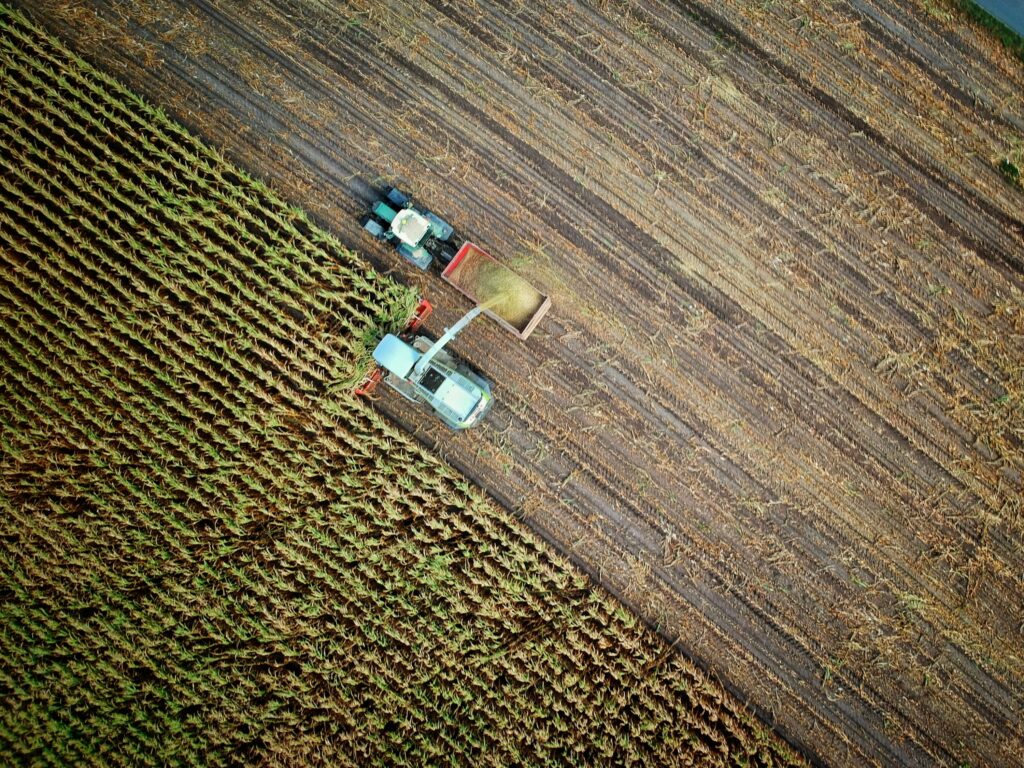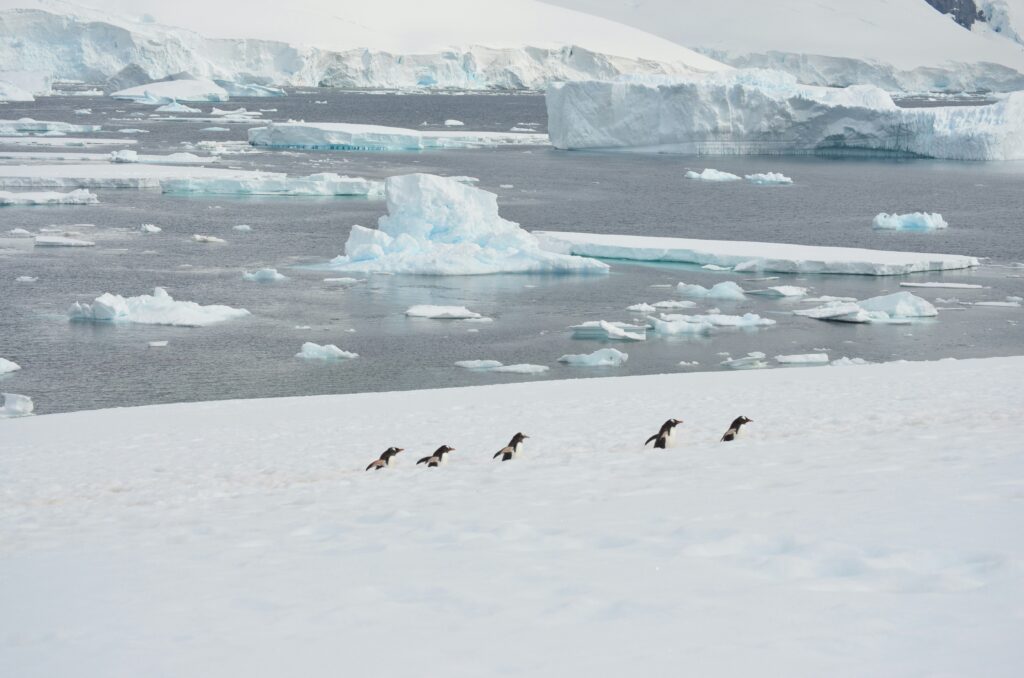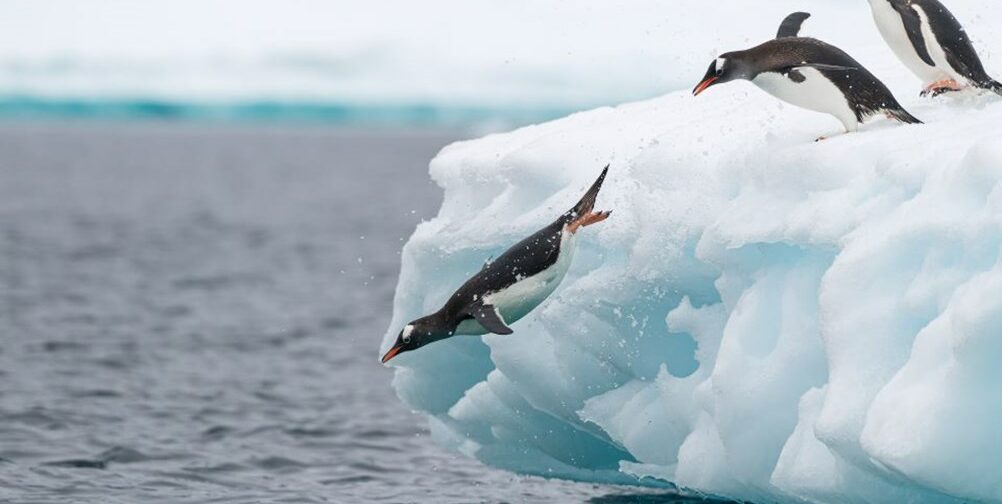From the CO2Science Archive: Southern elephant seals (Mirounga leonina) are apex predators of Antarctic marine food webs; and the authors say that knowledge of the status of elephant seal populations “provides insights into the environmental status of Antarctica.” Therefore, and seeking such knowledge, Gil-Delgado et al. derived estimates of southern elephant seal subpopulation sizes on two beach areas of Byers Peninsula (Southern Beaches and President Beaches), which are believed to be the main distribution areas of the animals on Livingston Island (of Antarctica’s South Shetland Islands), according to Aguayo and Torres (1967), who first monitored their populations there in the 1960s. The Gil-Delgado et al. team did much the same thing more recently via seal counts they conducted along numerous transects at a distance of 50 m from the shoreline (some in excess of 11 km in length), which they traversed on foot “using binoculars and approaching to large groups when spotted,” between 22 December 2008 and 1 January 2009.
Paper reviewed: Gil-Delgado, J.A., Villasescusa, J.A., Diazmacip, M.E., Velazquez, D., Rico, E., Toro, M., Quesada, A. and Camacho, A. 2013. Minimum population size estimates demonstrate an increase in southern elephant seals (Mirounga leonina) on Livingston Island, maritime Antarctica. Polar Biology 36: 607-610.
They indicate that the number of pups they counted was used to estimate the total elephant seal population by multiplying their numbers by a conversion factor of 3.5, which they note “has often been used in inventories of southern elephant seal populations,” citing the studies of Laws (1994) and Lewis (1996).
What was learned
The eight Spanish researchers report that the final numbers they derived represent an increase of 150% since the sub-population they studied was first counted some 30 years ago.
What it means
Gil-Delgado et al. say that their “finding of an increased subpopulation on Byers Peninsula” suggests that “the entire South Georgia stock may also be increasing instead of being stable as currently assumed.” In addition, they note that “the occurrence of southern elephant seals breeding in recent times and in areas located at higher latitudes, such as Anvers island (ASPA 113, 2009), suggests that the breeding range of this species is expanding.” And, therefore, they conclude that “habitat availability for southern elephant seals in Antarctica could increase as a result of climate change, thus providing additional suitable breeding habitats,” as suggested at the turn of the century by the observations of McMahon and Campbell (2000).
References
Aguayo, A. and Torres, D. 1967. Observaciones sobre mamiferos marinos durante la vigesima commission Antarctica chilena, primer censo de pinipedios en las Islas Shetland del Sur. Rev. Biol. Mar. 13: 1-57.
ASPA 113. 2009. Management Plan for Antarctic Specially Protected Area No. 113, Litchfield Island, Arthur Harbor, Anvers Island, Palmer Archipelago.
Laws, R. 1994. History and present status of southern elephant seal populations. In: Leboeuf, B. and Laws, R. (Eds.). Elephant Seals: Population, Ecology, Behavior and Physiology. University of California Press, Berkley, California, USA, pp. 49-65.
Lewis, M. 1996. El elefante marino del sur, biologia de la especie, descripcion general de la agrupacion de la Peninsula Valdes y protocolos de trabajo. Informe Tecnico 16: 1-29., Plan de Manejo Integrado de la Zona Costera patagonica (Puerto Madryn, Argentina).
McMahon, C.R. and Campbell, D. 2000. Southern elephant seals breeding at Peterson Island, Antarctica. Polar Record 36: 51.


